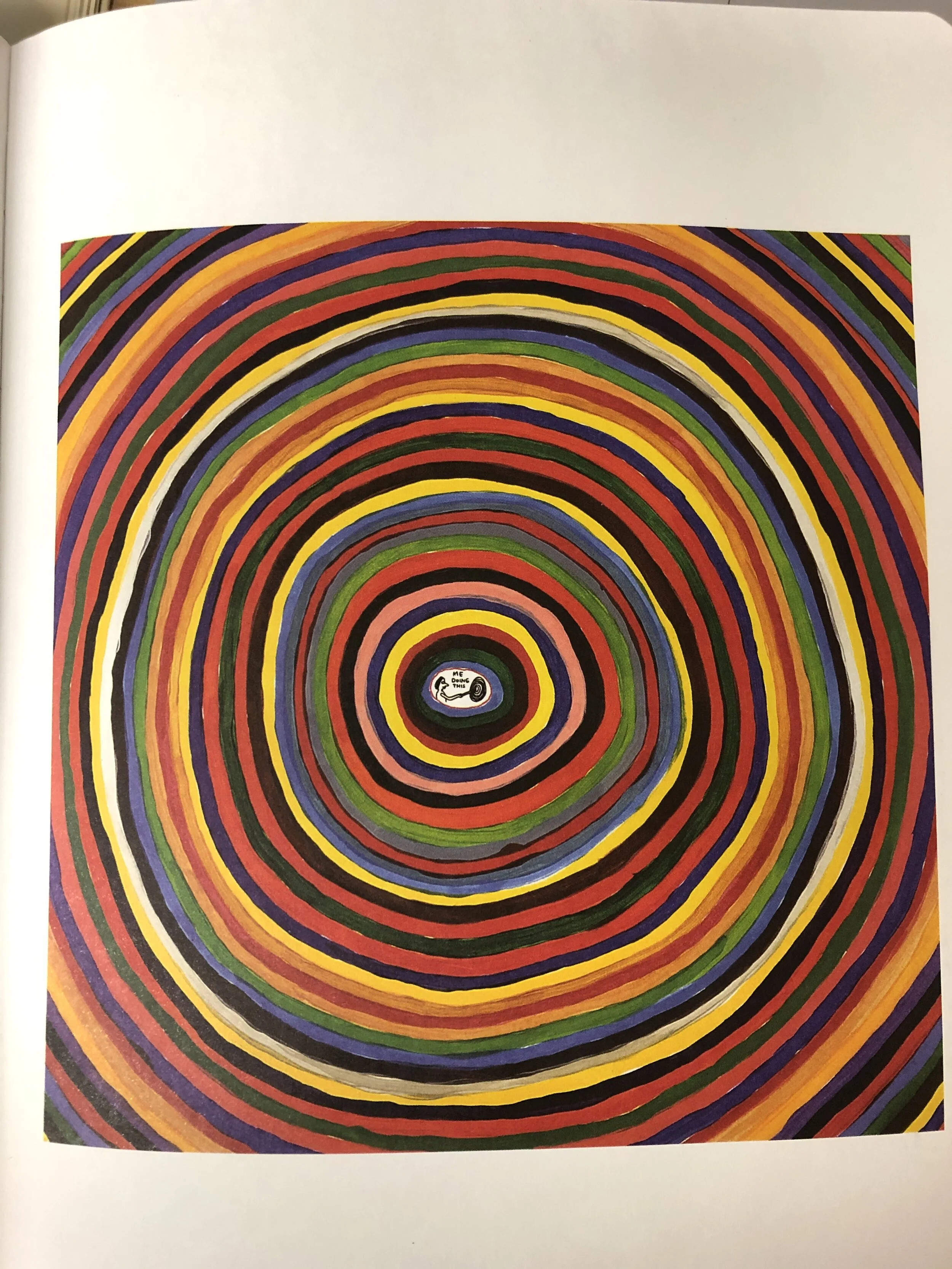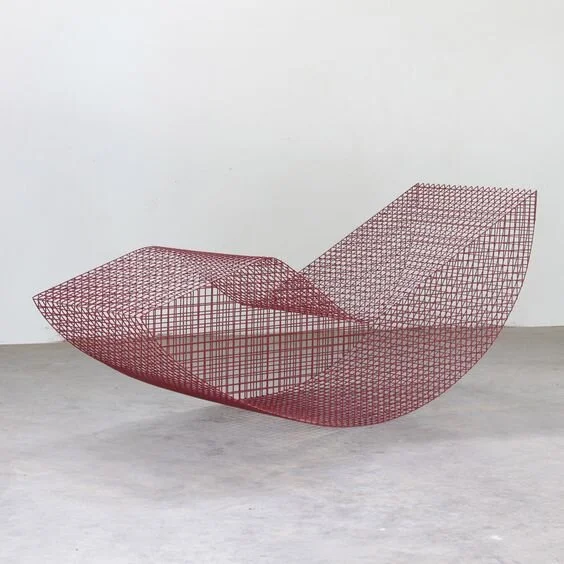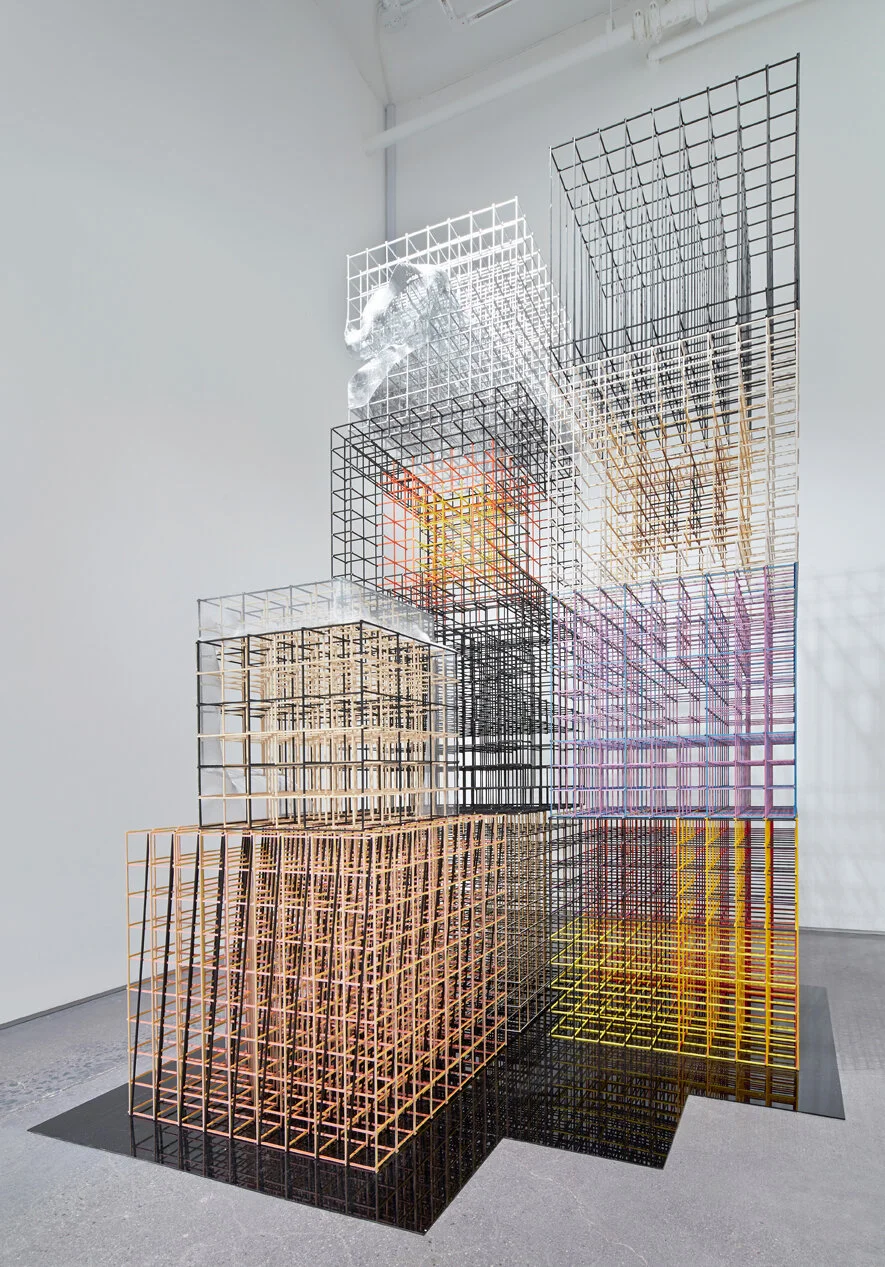early influences
Brutalism: I grew up going to preschool on the York University campus; a stretch populated by monumental concrete buildings from the 1960s—stark, blocky, repetitive recesses, and rigid chamfers, occasionally punctuated by an interrupting oblique face. My mum worked across the way in the Faculty of Fine Arts building. There was a square perimeter concrete pillar cutting through her office, floor to ceiling, on a diagonal. The dean’s office across the hall (where I was introduced to MS Paint in the early 90s) had an overhanging window I could lean on, seemingly distorting the predictability of a vertical and horizontal world.
Sculpture: There was sculpture everywhere on campus. Large installations we would sometimes visit. An Alexander Calder piece I only faintly remember, but remember always feeling was impressive. A large reflecting pool under a section of a building, with a series of metal tubular arches, spaced regularly, and ascending in offset. They were coloured to form a rainbow, but not as a singular, unified form. A lot of welded 60s art. A lot echoing the brutalist architecture. I would have to walk past the sculpture department on the way from preschool to my mum’s office. I was always most impressed by it. There was something so compelling to me about forming mass. It was so much more real, but it some way more tangibly hypothetical than a painting.
York has a number of large works from prominent artists. In researching Anthony Caro, I came across a photo a work of his on the campus. The building which can be seen in the centre right background is the Atkinson building, where I went to preschool. The adjacent right building with the overhung sloping facade is the Faculty of Fine Arts building.
























